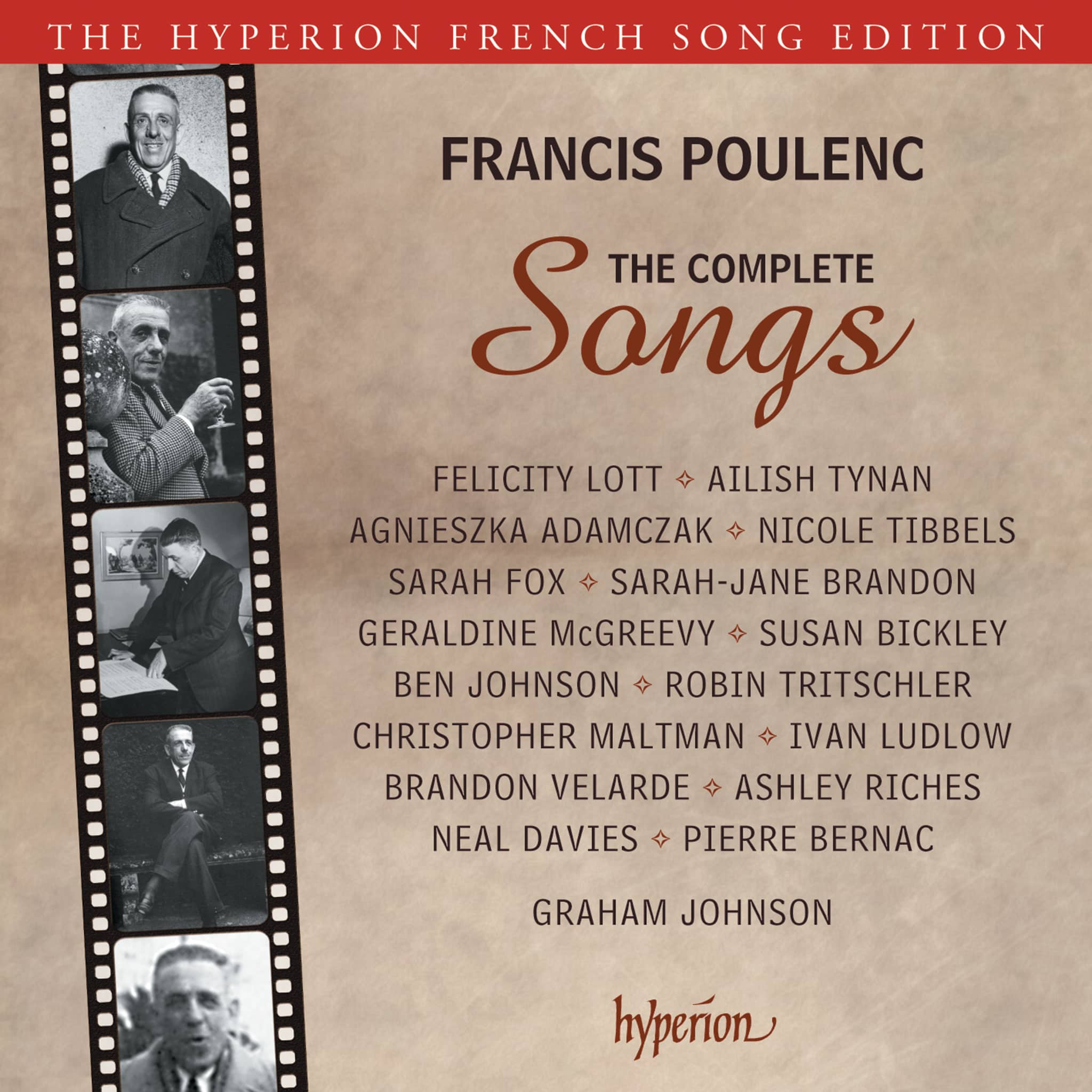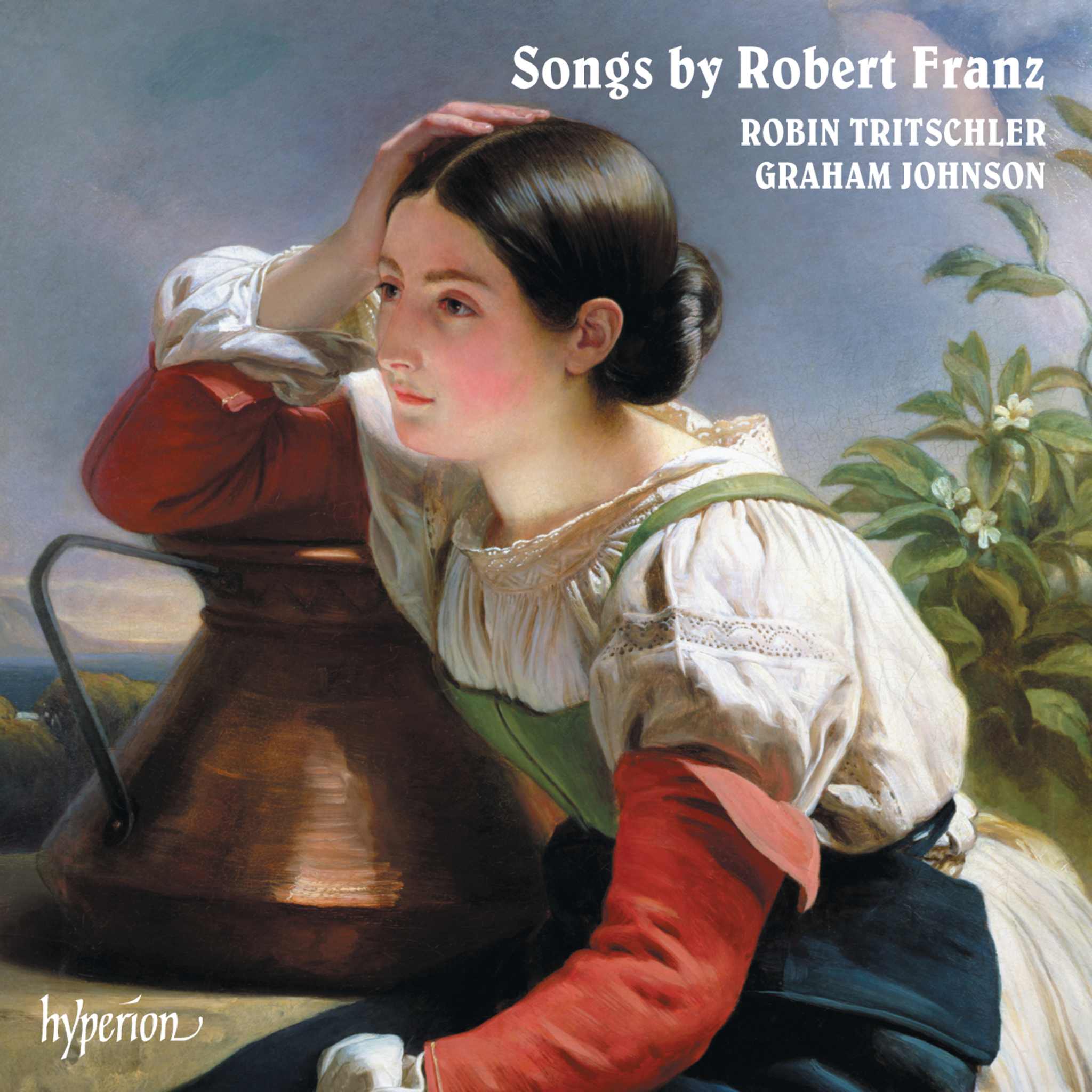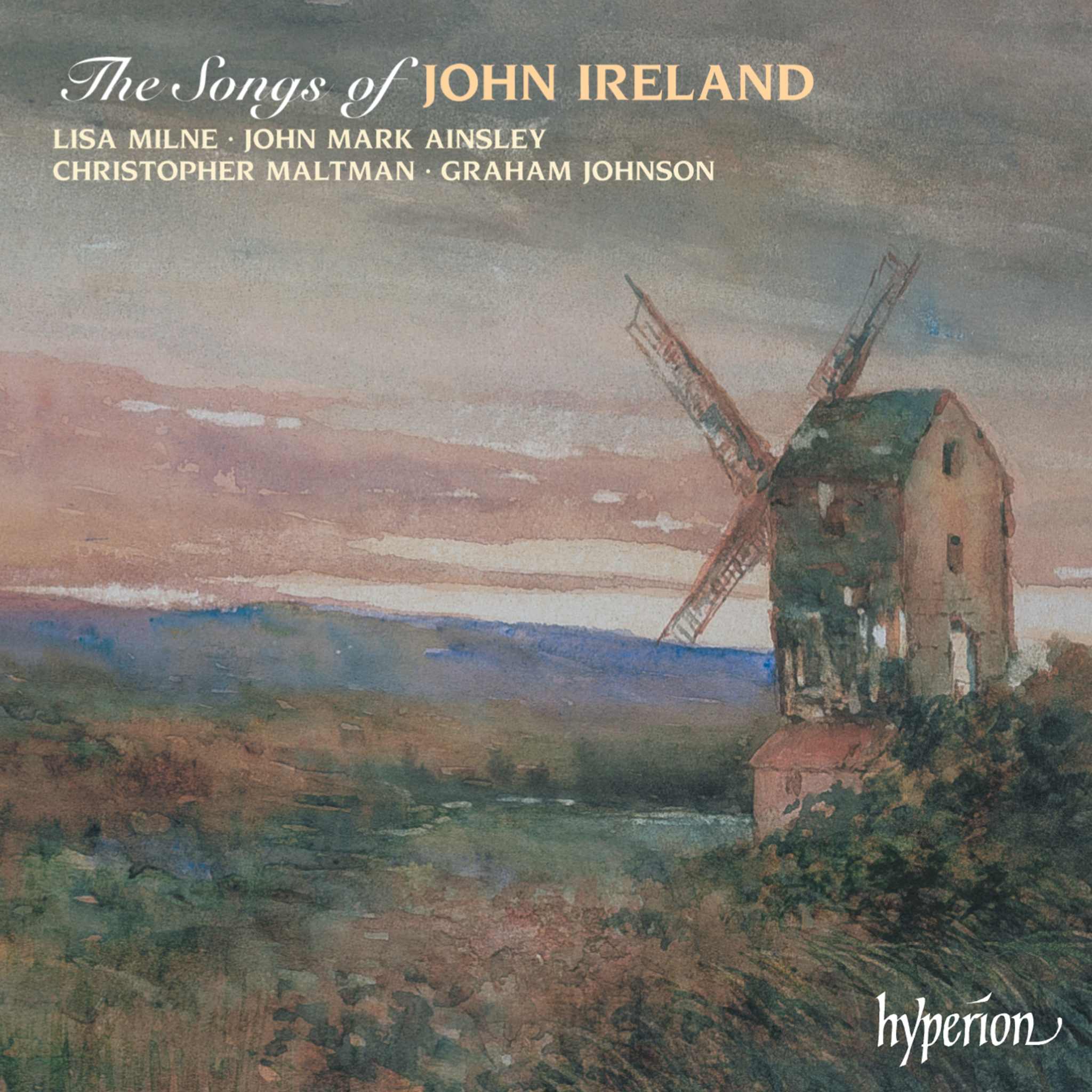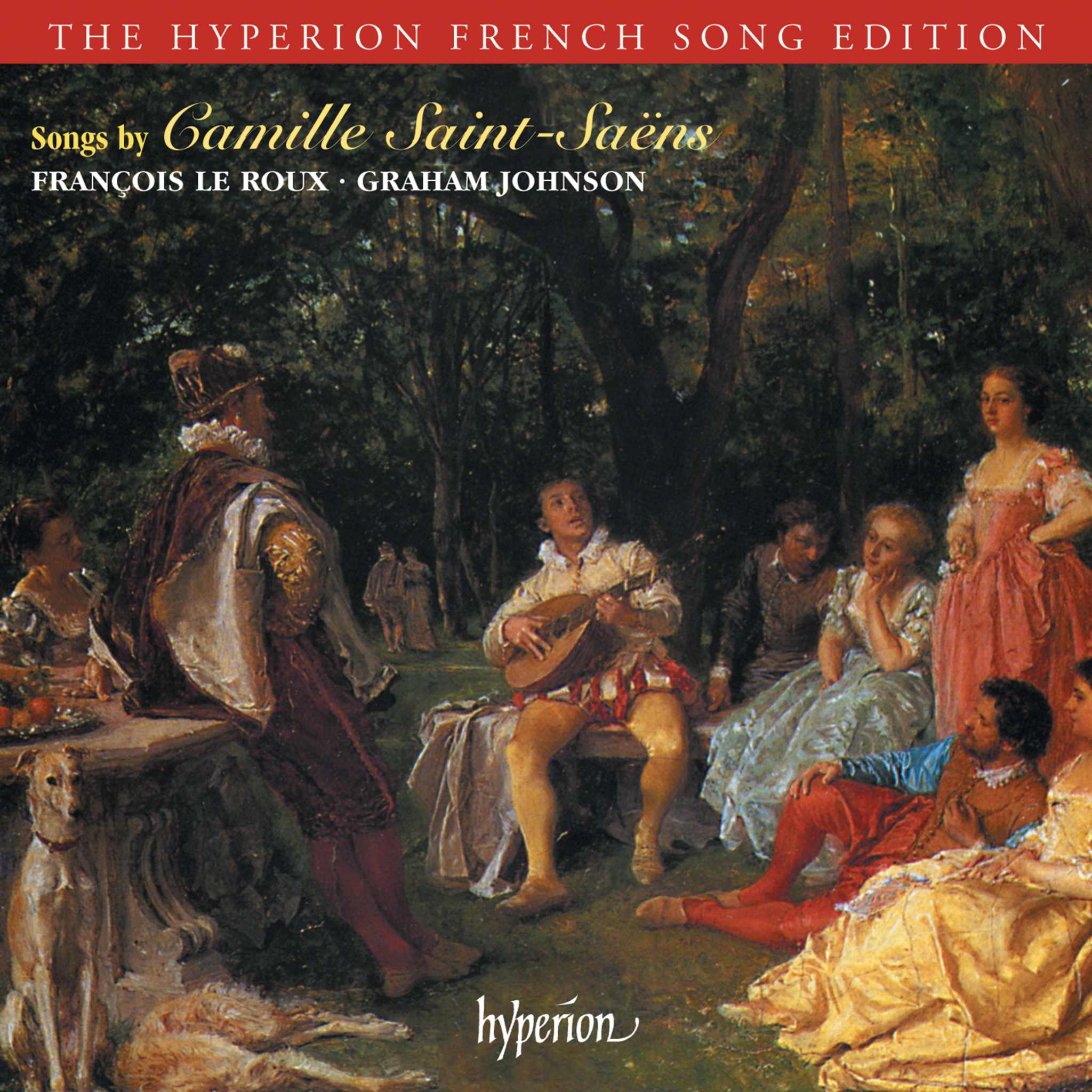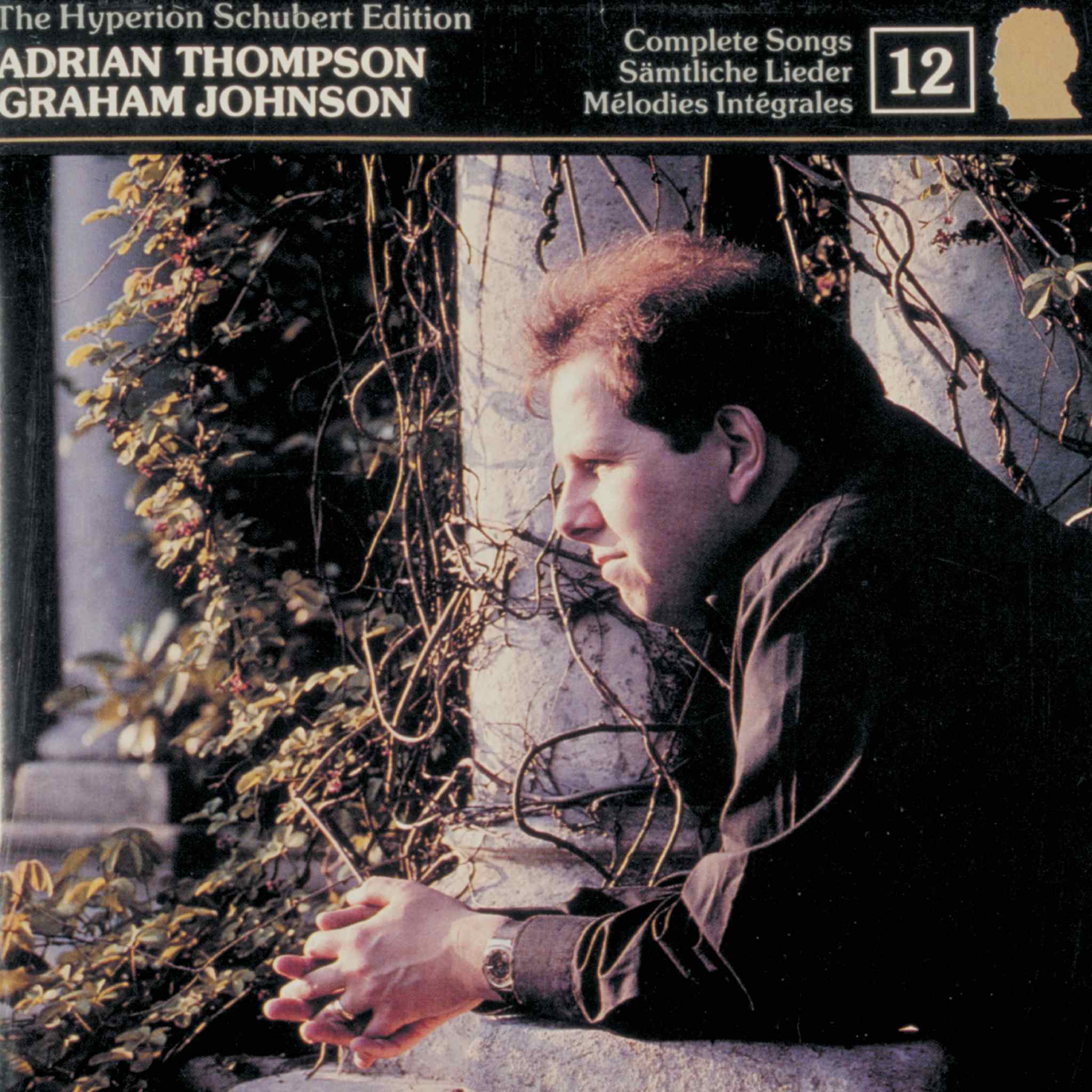Album insights
Maurice Ravel kam am 7. März 1875 in Ciboure, einer Kleinstadt im Südwesten Frankreichs nahe der spanischen Grenze, zur Welt. Sein Vater, ein aus der Nähe von Genf stammender Ingenieur mit französisch-schweizerischen Wurzeln, war an der Weiterentwicklung des Gasmotors beteiligt. Die Mutter war Baskin und hatte eine enge Verbindung zur spanischen Kultur. Kurz nach seiner Geburt zog die Familie nach Paris um, wo Maurice aufwuchs und bereits ab seinem sechsten Lebensjahr musikalisch gefördert wurde. Seine frühe Ausbildung umfasste Klavier und Musiktheorie, und im Alter von 16 Jahren wurde er am Pariser Konservatorium aufgenommen. Dort begann Ravel seine Karriere als Komponist und fand besondere Inspiration in der französischen Barockmusik sowie in spanischen und baskischen Volksweisen. Zu seinen Hauptwerken zählen unter anderem die "Pavane pour une infante défunte", "Sonatina" und "Le Tombeau de Couperin". Maurice Ravel starb am 28. Dezember 1937 in Paris.

